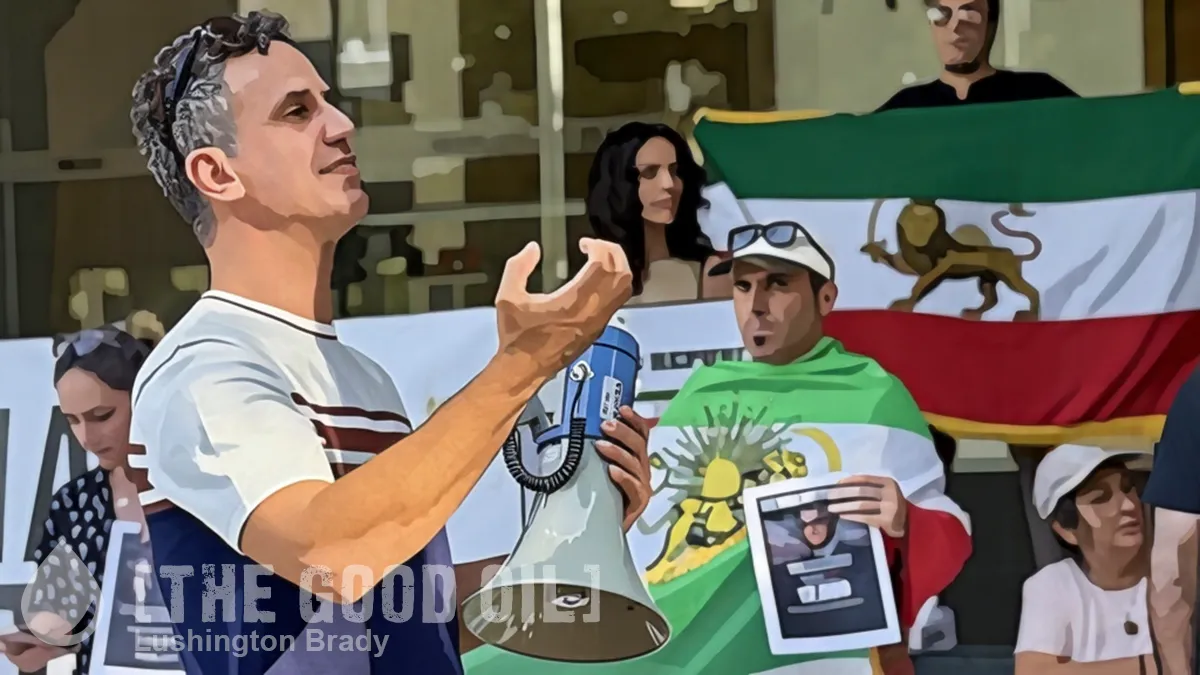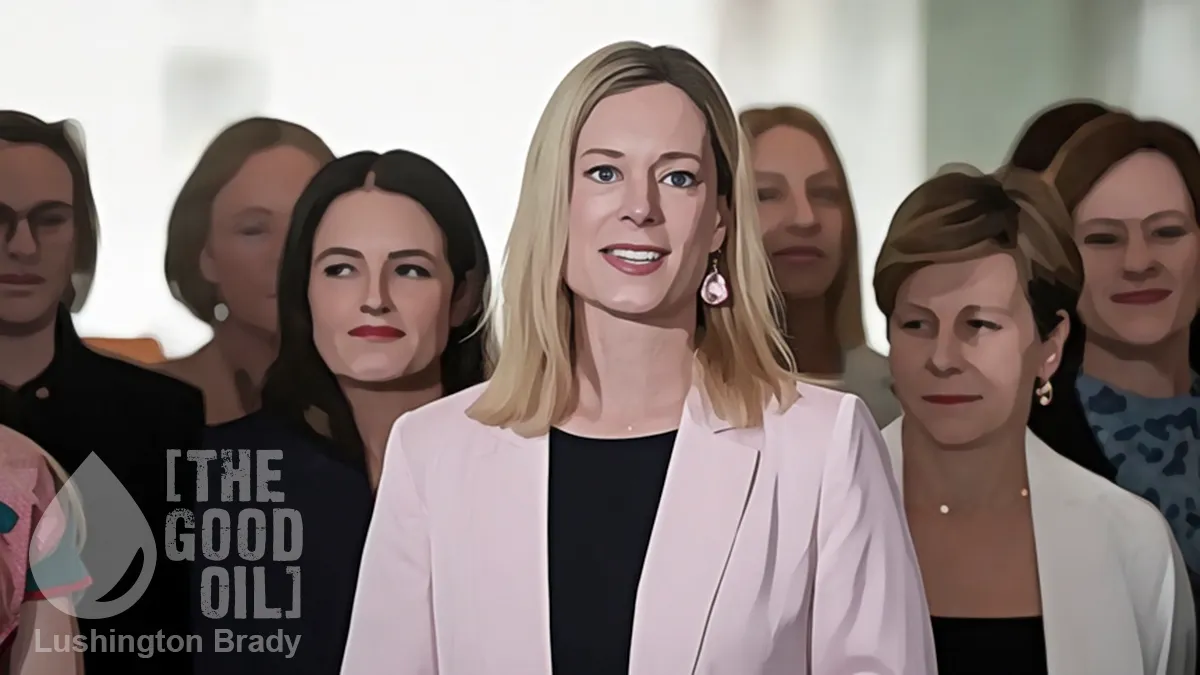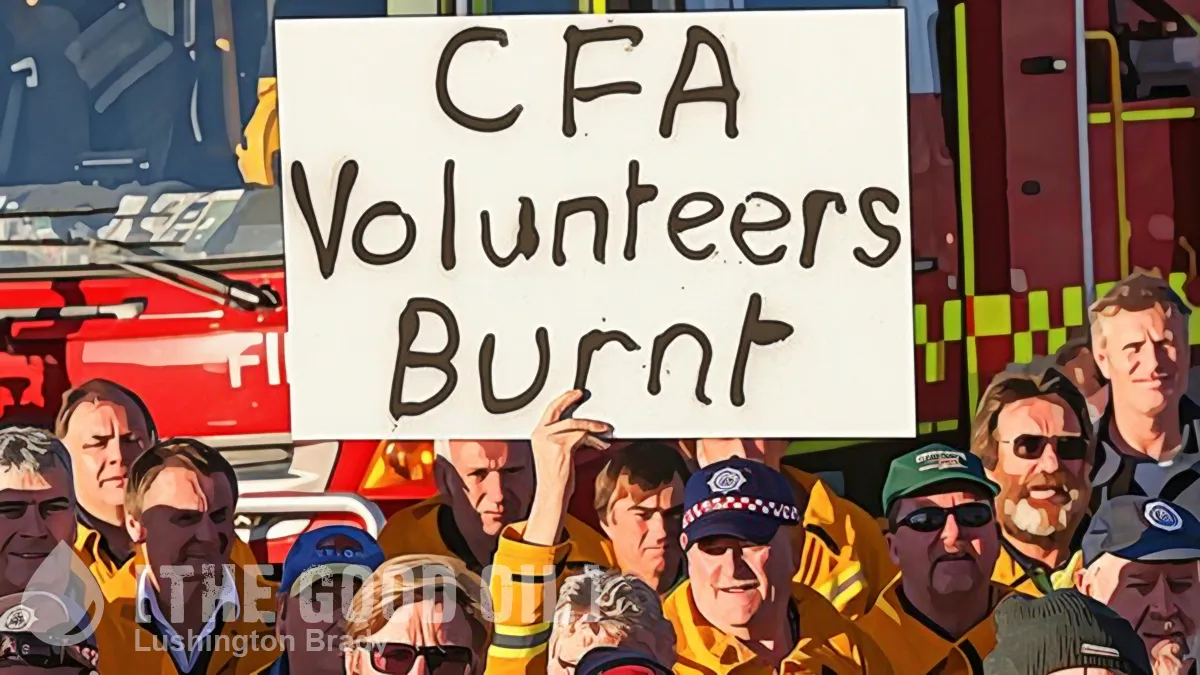Table of Contents
Vote in haste, repent at leisure. It’s impossible to say if any in the crowd at the Australian Open who jeered and booed Anthony Albanese actually voted for his government, but 32% of Australians did. The rest of us have to live with the consequences of their foolishness.
A divisive, expensive, failed referendum is just the start of what the 32% unleashed on the rest of us — and the least. Out-of-control mass immigration, skyrocketing energy prices, a housing crisis, and a cost-of-living crisis, all as a direct result of Albanese government policy, are the worst of it.
And there’ll be plenty more to come after, God willing, Albanese is consigned to the dustbin of one-term history.
Australians face another five years of tough personal finances as the economy slows, one of the nation’s top economic forecasters has predicted, with warnings that tax cuts and falling interest rates will only provide muted relief to hard-pressed families.
As Treasurer Jim Chalmers warned inflation was likely to continue putting pressure on households, Deloitte Access Economics said the key financial challenge facing the country would soon shift to dealing with an economy it expects to suffer its slowest non-COVID growth period since the early 1990s.
Well might Zippy the Pinhead blither about inflation — because it’s a malignant demon he and the rest of his party — not least, the disastrous Climate Change and Energy Minister, Boofhead Bowen — have unleashed.
Not to mention the Ponzi scam of turbocharged mass immigration.
While interest rates have been pushed up, economic growth has been relatively strong due in part to record levels of population growth. In per capita terms, however, economic growth has been negative for more than six months.
Deloitte is expecting economic growth to slow to 1.5 per cent this financial year, from 3.1 per cent in 2022-23, and then marginally increase to 1.6 per cent in 2024-25. Outside the pandemic, when the economy suffered a recession, it would be the lowest economic growth since the early 1990s.
This is the main reason Albanese and Co. flooded the country with half a million migrants — to artificially boost growth and just, technically, scrape out of a recession.
Although the difference no doubt seems moot to Australians struggling with Labor’s economy.
Senior partner with Deloitte Access, Stephen Smith, said once inflation, population growth, tax and mortgage payments were taken into account, most Australians were feeling under increasing financial pressure.
He said households are facing an almost 9 per cent drop in real household disposable income per capita since it peaked early in the pandemic due to large government handouts and stagnant population growth, with the recovery from that fall to take until almost the end of this decade.
“Real household disposable income per capita is expected to remain below the trend seen between the 2008 financial crisis and the pandemic for at least the next five years,” he said.
“That means economic conditions will keep feeling pretty tough for a while yet.”
Labor claims its drastic changes to Stage 3 tax cuts — breaking a key election promise — will ease cost-of-living pressure. It’s likely to make it worse.
Some analysts have raised concerns the revamped tax cuts, which sharply reduce tax relief to people earning more than $200,000 while lifting it for people earning less than $147,000, could add to inflation. This is due to lower-income earners being more likely to spend their extra tax relief.
The Age
All in all, it’s an instructive lesson in the fact that, however much you may dislike the incumbent, be very careful about who you vote to replace him or her with.









